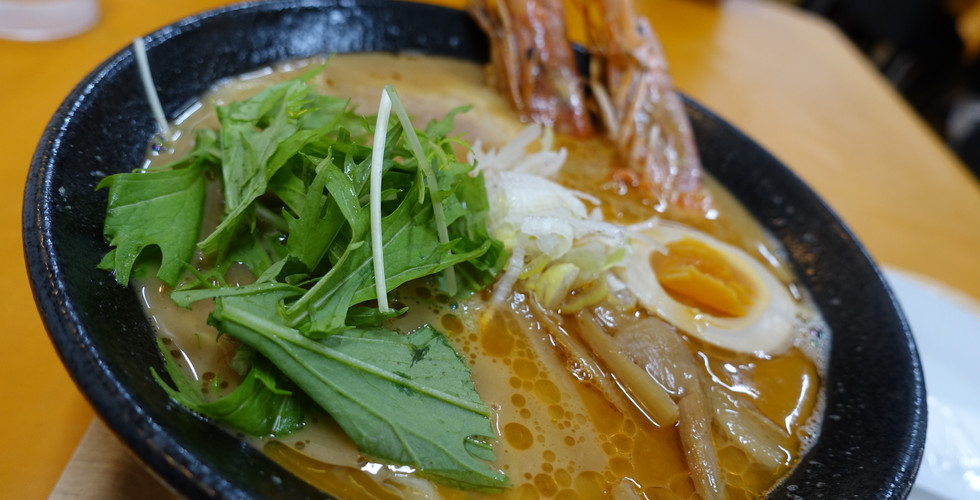Why Japan has some of the best food on the planet and getting to the bottom of what makes them the worlds best innovators.

When most people think of Japanese food they think of Sushi, Soba and Ramen, all delicious but there is so much more on offer. In October 2019 I started my world travels in Japan and after spending over a month travelling from Tokyo through Takayama to Osaka I came across the most delicious, weird and wonderful foods of all scales and budgets.
“You must dedicate your life to mastering your skill. That's the secret to success and the key to being regarded honourably” - Jiro Ono
To fully understand Japan we first have to understand a couple of things. First is the people; from the market stalls selling Tamago (Egg Omelettes) to Takoyaki, or the independent Yakatori bars grilling charred skewers and Izakaya's with their chicken Kaarage or to the high-end Sushi and Sashimi bars, literally each Japanese producer speaks with an enthusiasm and love for what they do and they do it with pride. From the mountains of Hokkaido to the islands of Okinawa this passion for food is ingrained within their culture and after all how could it not be with legends like Jiro Ono inspiring culinary enthusiasts with his ideologies of "you must dedicate your life to mastering your skill. That's the secret to success and the key to being regarded honourably".

Photo taken at Tsukiji Market, Toyko.
Secondly, there is so much variation in Japanese food which makes eating here frikkin' fantastic because like our friends in Italy you can travel down the road and a dish you thought you knew is now done differently, with a slightly different recipe, different ingredients, and different presentation. This change up gives so much more dish variety because people are using local markets where ingredients are mostly grown in the region, and this can be seen from mushrooms to seaweed to meats and fish. The best example was the ramen we tried as there is no set structure to a ramen other then it has to consist of a broth, noodles and toppings and what you do with that is up to you. With this in mind I tried Tonkotsu, Shoyu, Miso, and so many more broths, with a plethora of toppings from river prawns to Char siu pork, to bean sprouts to black fungus. The combinations throughout our journey gave light to just how different and flavourful ramen throughout the country could be.
Photos of Ramen from Shinjuku, Tokyo central station, Kawaguchiko, Matsumoto, Osaka.
This is also applicable to produce, for example Wagyu beef. Wagyu basically means beef and is known by brand or region such as Kobe, Hida and many others. It varies by brand standards to breed, blood lines and husbandry standards etc. This is not just limited to beef, alongside the many types of produce the Japanese make the most of what they have through techniques such as pickling, fermenting, frying and curing. For example, soya beans can be eaten fresh as edamame, boiled into sweet kuromame, dried into irimame snacks, fermented into miso or shoyu (soy sauce), grinded into flour, processed into tofu that can be eaten raw, fried (Aburaage), dehydrated (Dofu) and even using byproducts such as soy milk and yuba (milk skins). This isn't just limited to soya this can be applied to rice, wheat, taro, sesame and so many more.
This way of eating is not only commendable for reasons such as waste reduction and making the most out of seasonal and local ingredients it also generates the highest level of innovation; to recipes, ingredients and techniques that in essence leads to the country producing some of the most diverse and delectable foods on the planet.
So with this in mind, why would you limit yourself to just sushi?
Video of Japanese markets and food.
To find out more about Japanese food watch this space.
If you liked this article please feel free to share or follow.












Commentaires